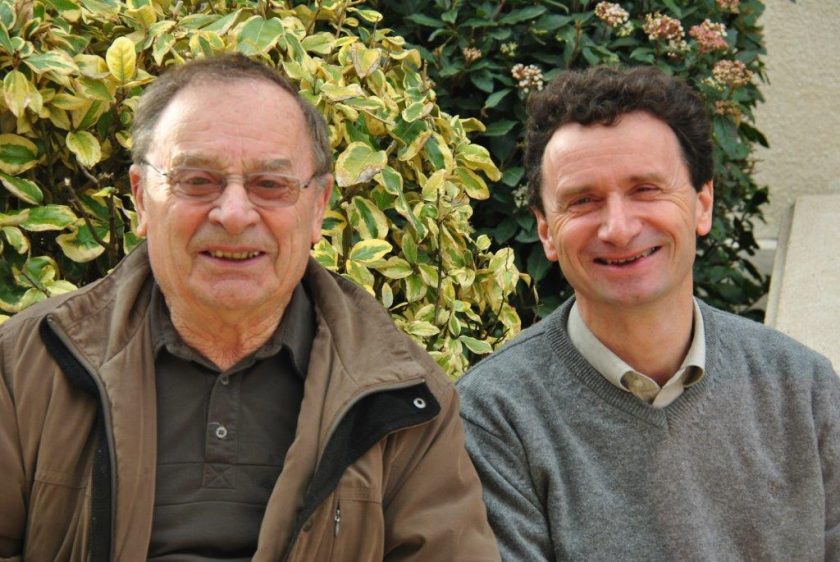Domaine Hubert Lignier
The Domaine Hubert Lignier has long had a reputation for its fine wines known for their concentration, depth and structure. Hubert’s son, Laurent, is the next generation of this proud estate and is following his father’s traditional practices to ensure the treasures coming from the family’s impressive vineyard holdings continue to exhibit the best of their respective appellations.
The domaine owns 8.30 hectares principally in the villages of Morey Saint Denis (where their home and the cellars are located), Gevrey Chambertin, and Chambolle Musigny. Recently, the Ligniers have expanded their holdings to include parcels in the appellations of Nuits Saint Georges and Pommard. The Ligniers follow the principles of “lutte raisonnée” (sensible combat) in their viticulture: for example, only organic compost is used when necessary and the vineyard is tilled so that no herbicides are used. Yields vary from 20 to 55 hectoliters per hectare depending on the conditions of the growing season and the appellation. The thin, clay and limestone soil on the slopes is not conducive to vigorous growth and limits the crop naturally. A “green harvest” is used when necessary to further manage production to ensure perfect maturity. Young vines are trained using the Cordon de Royat (spur training) system, which helps control the vigor and yields as well. Of critical importance, the “sélection massale” system (i.e. replacing missing vines with cuttings from the same vineyard) is the only method used to propagate vines, a tradition that gives an extra touch of complexity and character to the resulting wines. At harvest time, the pickers remove any unhealthy clusters in the field, to avoid contamination of the healthy grapes in the baskets, a practice that is supplemented with a “table de trie” at the cuverie.
Traditional vinification practices are the core of their work: grapes are de-stemmed and fermentation takes place in open-top cement tanks that allow manual pigéage. Only natural yeasts are used. Laurent uses an extended cold soak maceration period prior to fermentation to allow greater extraction (contrary to his father who believes that the best extraction takes place during the alcoholic fermentation). Fermentation is rather long and generally lasts 15 to 20 days following the cold soak of 5 days. The use of new oak for the élevage is carefully restrained; the norm being approximately 20% to 30% on the village wines and up to 50% for the Premier and Grand Crus. The wines of the village appellations usually spend 18 months in barrel while the Premier and Grand Crus remain in cask for 20 to 24 months before being bottled, all without fining or filtration. All work in the cellar that requires movement of the wine is done by gravity; the wines are never pumped.




